The Grand Finale: Bentley's Continental Supersports Bids Adieu with a Roar
Crewe calls time on GT with 700bhp monster that is also the world’s fastest four-seater
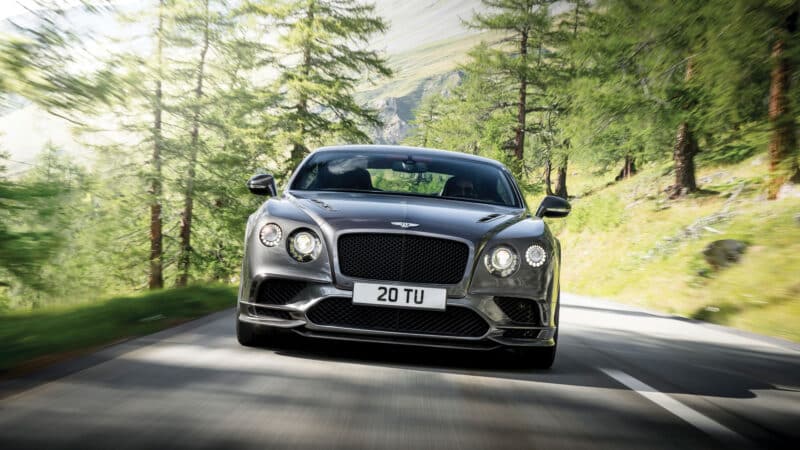
When someone comes to write the definitive history of Bentley – who knows, perhaps in time for its centenary in 2019 – he or she will have to consider the models most significant to the brand’s survival. There is of course the original, the 3-litre whose twin-spark 16-valve engine was born on a bench in New Street Mews. There was the Speed Six which, like the 3-litre, won Le Mans twice, and the 8-litre, WO’s masterpiece, born into a world that didn’t want it. After bankruptcy came the Rolls-Bentleys, the superb overdrive Derbys of 1938-39 and the 1952 R-type Continental. Then little more than badge-engineered anonymity until 1982 when the Mulsanne Turbo gave the marque an identity of its own once more.
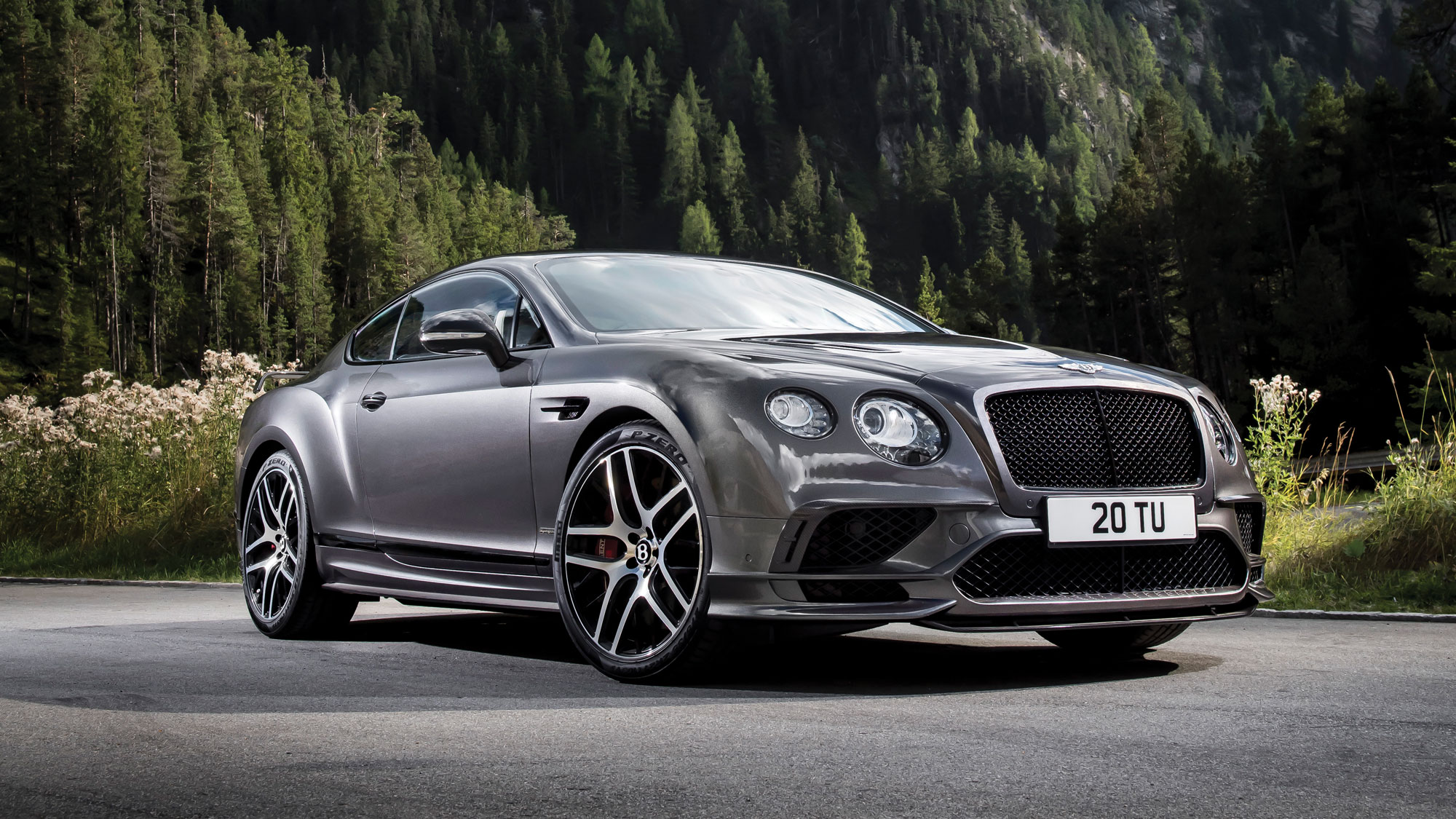
And then the Continental GT, after the 3-litre the car I would argue was the most significant of all. Before it, Bentley could scarcely sell 1000 cars a year; but thanks to the Continental GT and its derivatives Bentley sales have topped 10,000. It is the Continental GT that brought new levels of engineering integrity to Bentley, that transformed the brand’s image around the world. Its success ultimately convinced Volkswagen, which had bought the brand in 2003, to make the single biggest investment the company had ever seen so an SUV could be designed, engineered and built at Crewe. By the end of the decade Bentley production will probably top 20,000 and I’d be surprised if most were not Bentaygas. And it was the Continental GT that made it all possible.
“it’s not only the most powerful Bentley in history, but the fastest four-seater in the world”
But now its time is nigh. Fifteen seasons sitting on the architecture of a defunct VW saloon is an extraordinary record, but you don’t need long in one to see the evidence of its age in its mass, its 20th century ergonomics, its joke graphics, its uneven weight distribution.
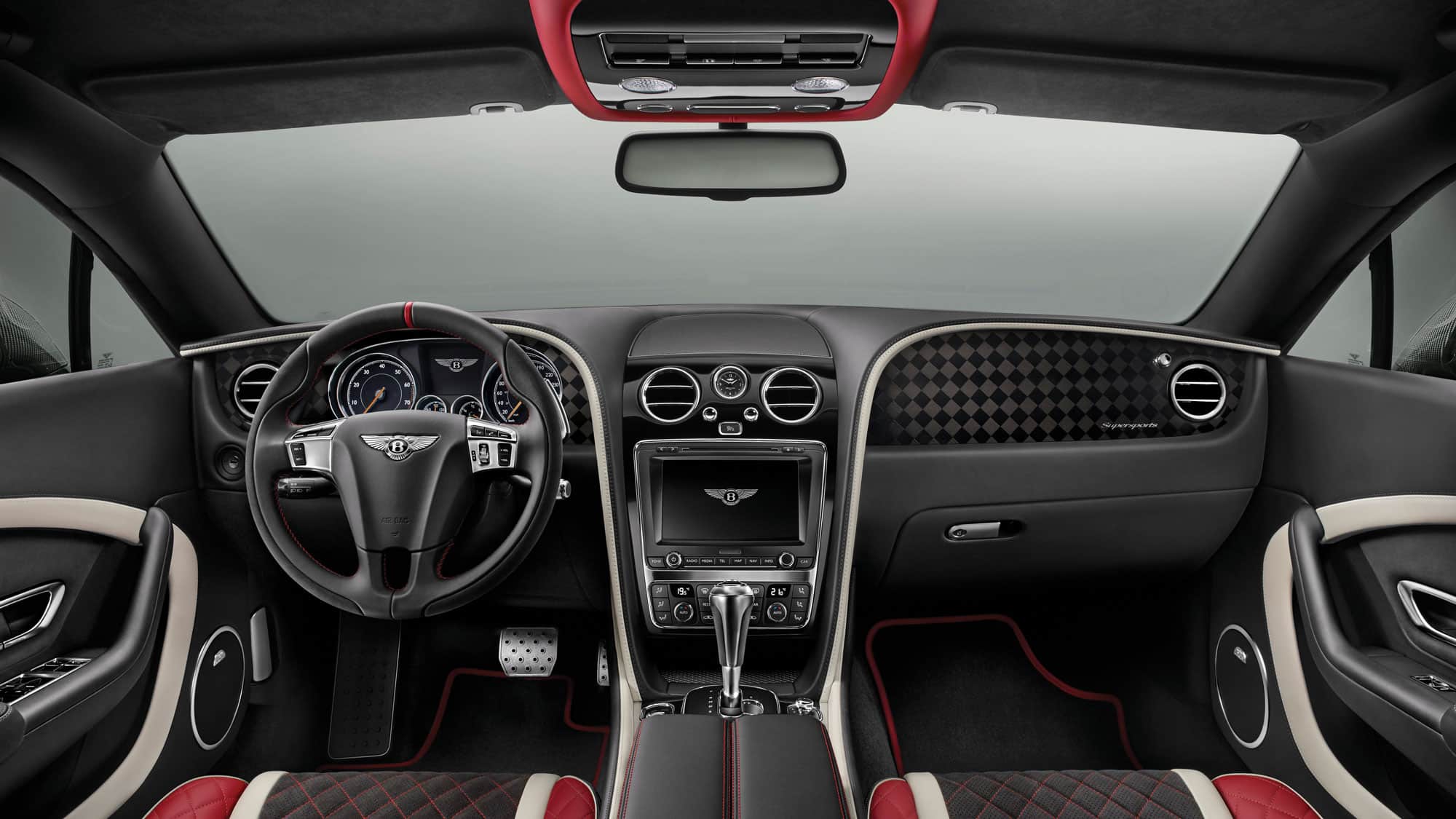
Still, time remains for one last laugh, and this is it: the Continental Supersports, not just the quickest, most powerful Bentley in history but, as the company is proud to boast, the fastest four-seat car in the world today, its 209mph top speed beating that of Ferrari’s GTC Lusso by a single mile per hour.
Depending on what kind of Bentley fan you are, that Supersports name can elicit two rather different images. Some might now be thinking of the 1925 3-litre Supersports, the first Bentley guaranteed to be capable of 100mph, others the stripped-out, pumped-up 2009 Supersports which featured a more rear-biased torque distribution, a wider rear track, revised suspension and a weight-saving regime so extreme the rear seats were deleted, at least until almost all prospective buyers asked Bentley to put them back.
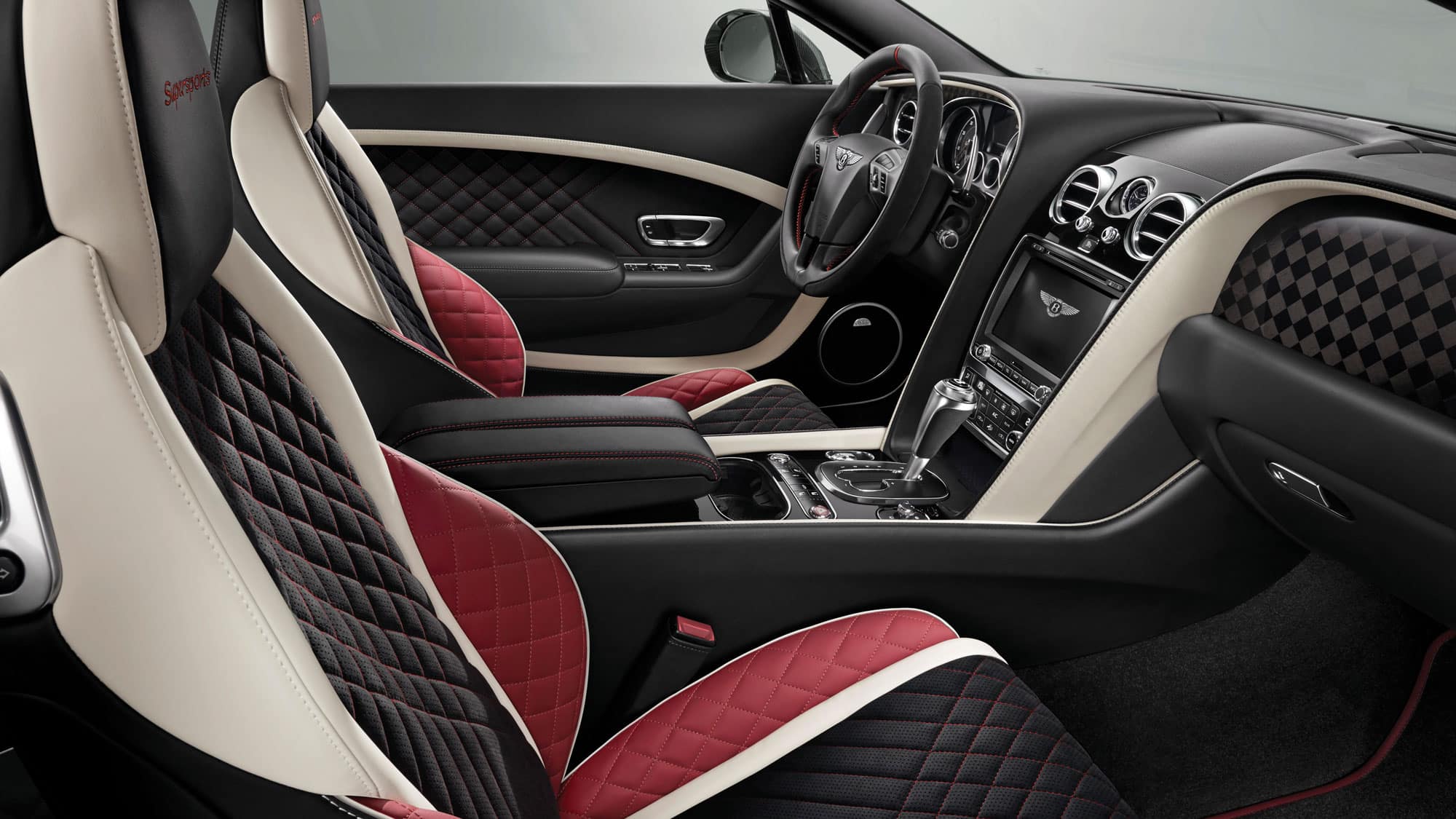
By those standards, this Supersports can seem half-hearted. Compared to the Continental Speed on which it is based it has the same torque split, track, suspension and tyres, its 40kg weight saving merely a by-product of its standard ceramic discs and the titanium exhaust box taken from 2014’s V8-powered Continental GT3-R. Other than also acquiring the GT3-R’s passive torque-vectoring system, the chassis is completely standard.
But the engine is not. Believe it or not, Bentley now has two 6-litre twin-turbo W12 motors on its books, an effectively new direct-injection motor for the Bentayga, and this port-injected unit closely related to the 2003 original. It won’t quite die when the Continental is replaced this autumn because it will live on for a while in the Flying Spur saloon, but it would be fair to say it’s in the autumn of its life. Nevertheless new vim has been breathed into it by a pair of larger turbos, blowing at 1.4bar as opposed to 0.9bar for the Speed: the effect is to whack power up from 636bhp to a nice round 700bhp. More impressive still is the additional 130lb ft of torque that comes with it.
It is no exaggeration to call the car’s performance transformed: we’re used to Bentleys performing strongly at low revs, but this one is unlike any other to wear the wings. The bigger difference comes at the other end when the smaller turbos of the W12 literally ran out of puff. No longer: the Supersports feels as eager at 6000rpm as it does at 2000rpm, stretching the car’s powerband further still, imbuing its performance with an elasticity I’ve never encountered in other cars regardless of badge. The result is indecently fast, a near 2.3-tonne cathedral of a car, capable of hitting 100mph from rest in 7.2sec.
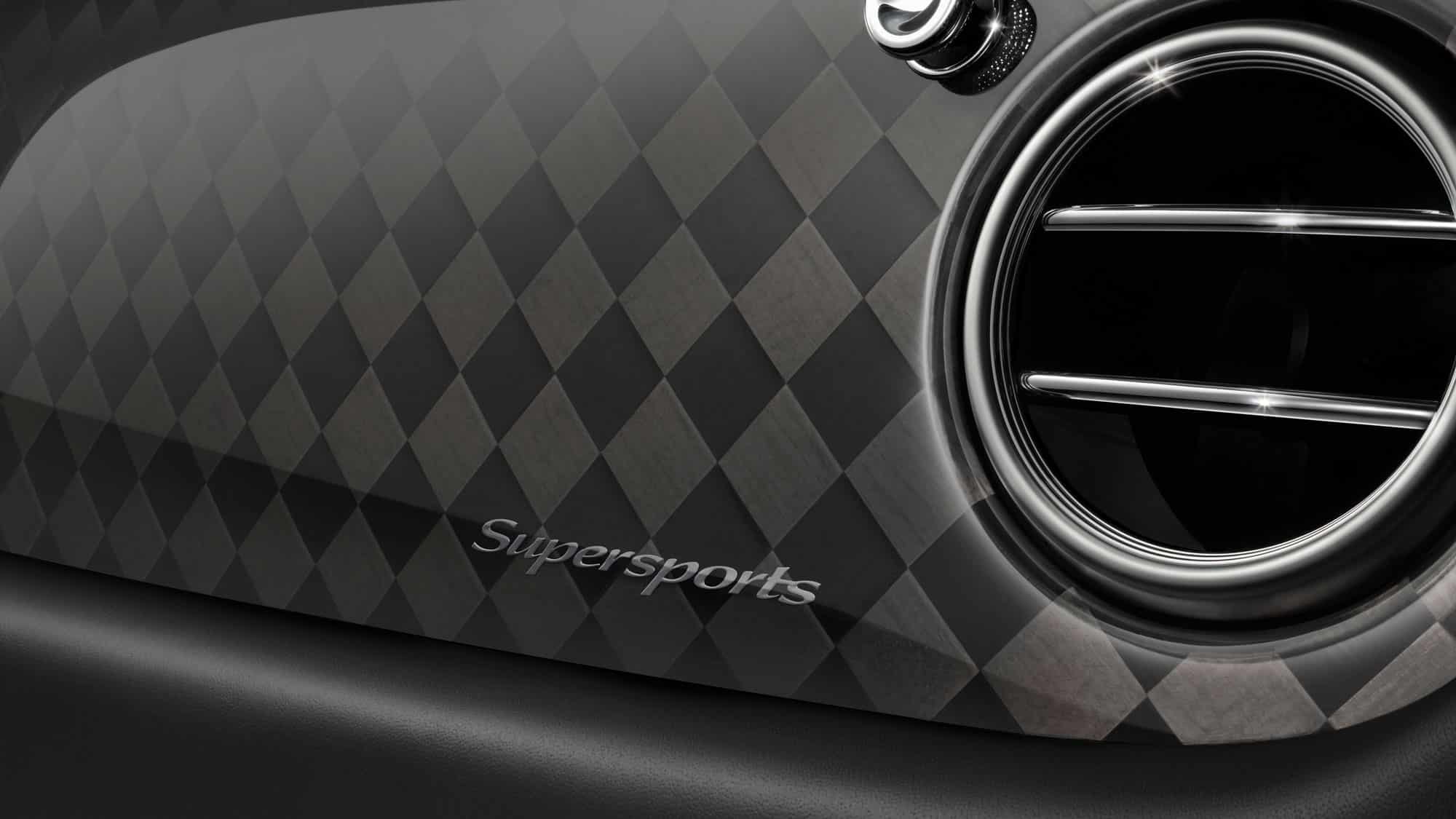
But it’s frustrating too, because while it accrues speed at a rate you’d have needed a Ferrari to match until very recently, its chassis has not been allowed to match this progress. The car is not only heavy, but much of the weight is in the wrong place, slung out ahead of the nose. It has an aversion to ambitious entry speeds every bit as pronounced as less powerful, less sporting versions of the same car. Be more realistic and the car will respond and deploy its torque vectoring software to help tuck the nose into the apex on the way into a corner and then stop it running prematurely wide at the exit. You can often feel the system at work and at times it can even seem a little contrived, but it is far better that than a stodgy diet of nose-heavy understeer.
“nothing feels as massively engineered as a Bentley; its refinement at speed is exceptional”
Nevertheless this is not a car you can bend to your will. You can enjoy driving it fast and there is a satisfying cerebral challenge in seeing how neat and precise you can make your lines in a car as vast and heavy as this. But if your dreams are of a fully engaging, indulgent driving experience, you will need to have them fulfilled elsewhere.
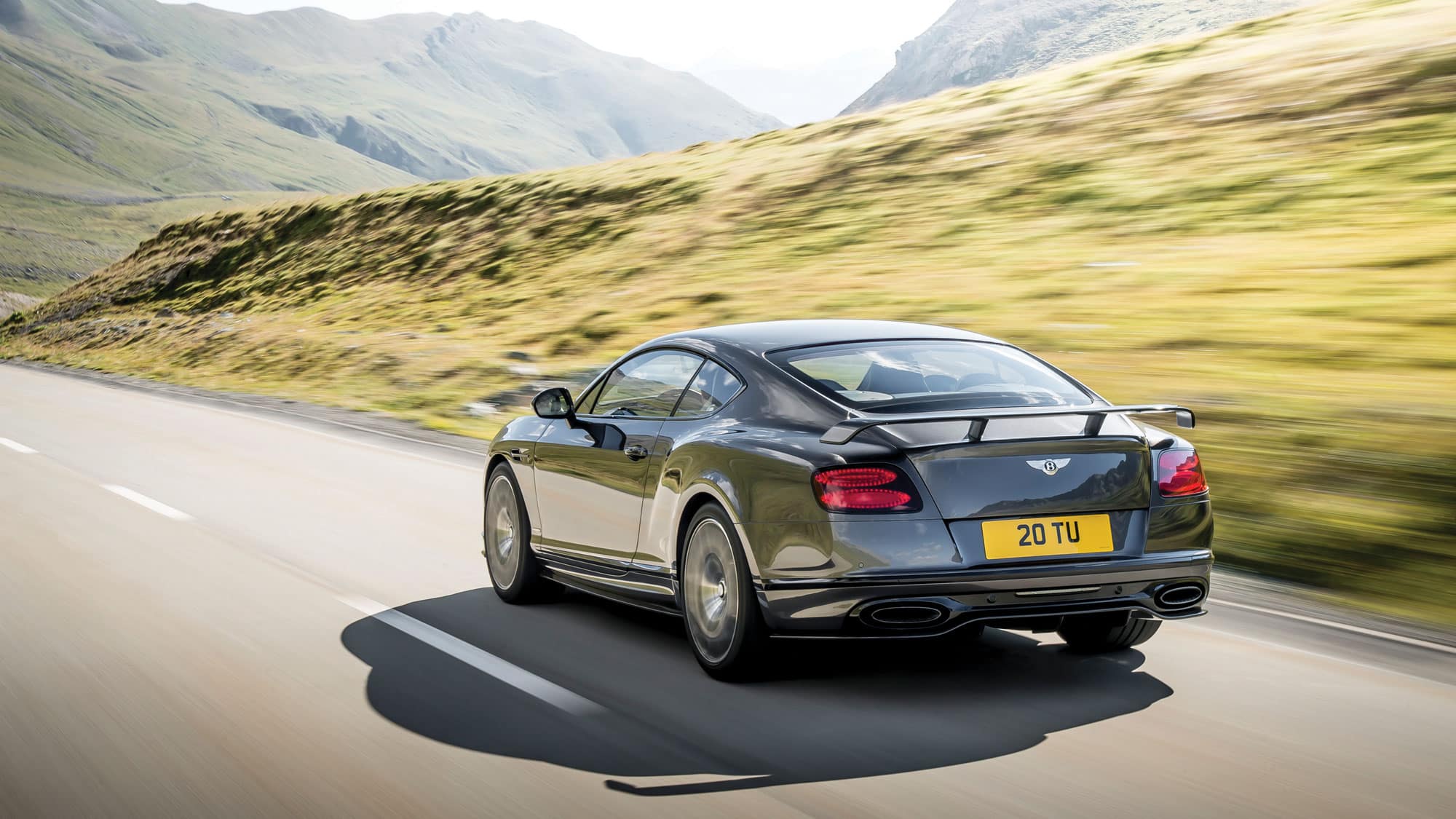
To me the problem is not so much the Bentley as its billing. Calling it a ‘Supersports’ is writing a cheque the car beneath can’t quite cash. I’d concede that it is a sporting car, but so is a Bentayga SUV. That is not the same as calling it a sports car, let alone a Supersports.
Even so, nothing feels quite as massively engineered as a Bentley; its ride is first-rate, its refinement at speed quite exceptional. Even that old-fashioned interior offers a superb place from which to watch the hours and miles roll by.
To be honest it would be naïve to hope for more. In brutal commercial terms, this car exists because everyone knows an all-new car is not far away and Bentley needs to maintain interest in the old car and provide it with an orderly and effective run-out. Far more than a 209mph top speed, that’s what Bentley is hoping its 700bhp will achieve, at least for the 710 units that will be sold to the public.
The Supersports is a car I found frustrating at first but eventually quite likeable. However, my search for the first proper Bentley sports car of my lifetime continues, and what better reason will Bentley have to produce one than its centenary in 2019? And if it too has 700bhp I shall be pleased; but if it weighs less than 2000kg, I would likely be absolutely ecstatic.
Taken from Motor Sport, April 2017

